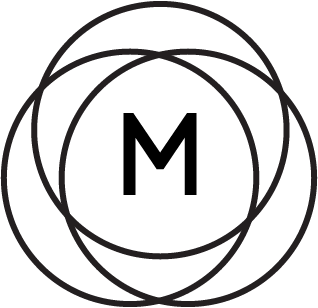3 years ago, I stuck some cheap Amazon undercabinet lights in place in my kitchen and called it a day. They would annoyingly auto-dim sometimes, but they were never quite annoying enough to upgrade. One of the lights finally fell off, and I took that as an opportunity to spend a little energy solving the problem a bit better than before.
Custom 3D printed friction pivot to adjust the angle of the light just so.
I originally tried to use some 10 year old waterproof LED strips my friend gifted me, but I couldn’t peel off the aged waterproof plastic layer without shredding the underlying LED strip. I bought some new warm white LED strips and aluminum extrusion and made a few perfectly sized light modules. I also designed and 3D printed some custom friction pivots so that I could adjust the angle of the lighting after installation. It took a bit longer than planned to get all the wiring done since I decided to solder in a bunch of connectors to make the finished installation easier to service. The whole setup is plugged into a WeMo outlet for hands-free control. I’m pretty happy with the result!
In case anybody out there wants to build something similar, here’s a few more specifics:
This is the LED strip I sourced. It’s a little less bright than I’d like, but it gets the job done. The color temperature is nice. Not too warm but not too surgical either.
I purchased these aluminum extrusions to turn the LED strips into discrete rigid modules. The aluminum is also a good heat sink (even though these strips don’t heat up that much). I was originally excited about utilizing the included diffusers, but they made the lights a bit too dim for my taste. The illumination is pretty consistent even without the diffusers.
This is the power supply I used. It seems to work fine for powering about 1.5m of LEDs.
These solderless LED strip connectors are quite nice and save you the headache of soldering to a tiny little pad on a thin strip.
I also used these JST connectors in between light modules so that the installation would be serviceable. I don’t love that they’re 22 AWG since this is thinner than everything else in the circuit, but I think it’s technically fine for the current needed for this application.
This box of assorted wood screws seemed like a high-value assortment to keep on hand for random home projects. I used the #4 x 1/2” screws to attach my printed pivot mounts to the underside of the cabinets.
This WeMo plug seems totally adequate so far!
Here’s the STL (multibody) for the pivot mount.
Here’s the PrusaSlicer 3MF for a pair of mounts (1 pair is needed per “light module”). You can see how the pivot piece is designed for minimal supports. The suggested supports come off super easily.
PrusaSlicer support detail
